Mold Removal | SI Restoration Washington DC
Expert Black Mold Removal and Mold Remediation Maryland and Washington DC
Professional Baltimore black mold removal and mold inspection specialists in the MD/DC area to remove the black mold from your home or business.
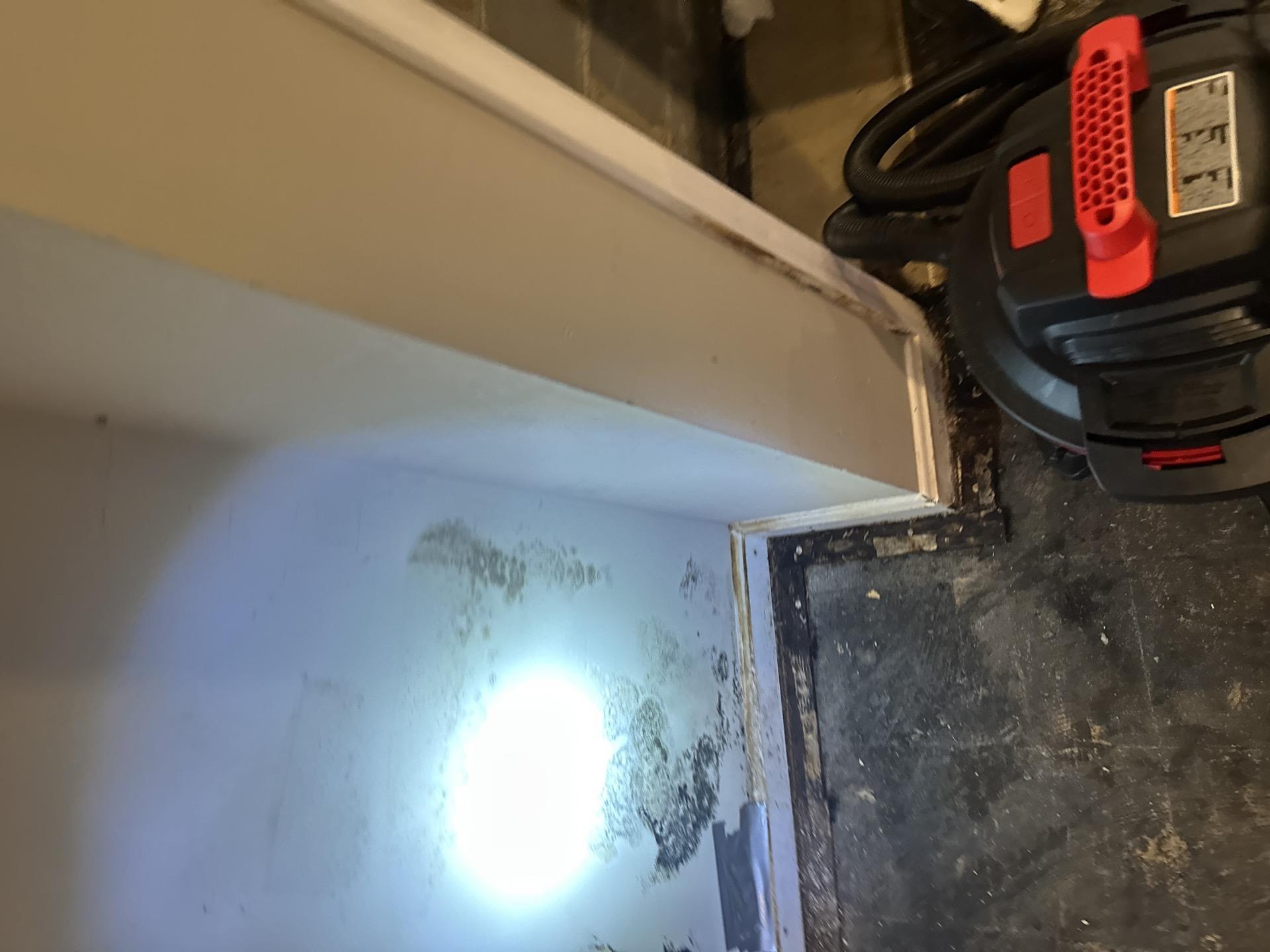
Understanding Black Mold
Black mold, scientifically known as Strachybotrys atra or Strachybotrys chartarum, is a type of fungus that poses significant threats to both health and property. This asexually reproducing fungus thrives on materials rich in cellulose, such as wood, paper, and fabric, making it a common invader in homes and businesses. Contamination is a serious concern when it comes to understanding the risks associated with black mold.
Often referred to as “toxic mold” due to its slimy texture and potential health risks, black mold includes over 50 unique species.
Understanding the characteristics of black mold is crucial for effectively preventing and managing mold infestations. Recognizing its presence and knowing the dangers it poses can help you take the necessary steps to protect your indoor environment.
Effective mold cleanup is essential to mitigate these risks and ensure the safety and well-being of occupants.
An overview of what black mold is, its characteristics, and why it poses a threat to health and property.
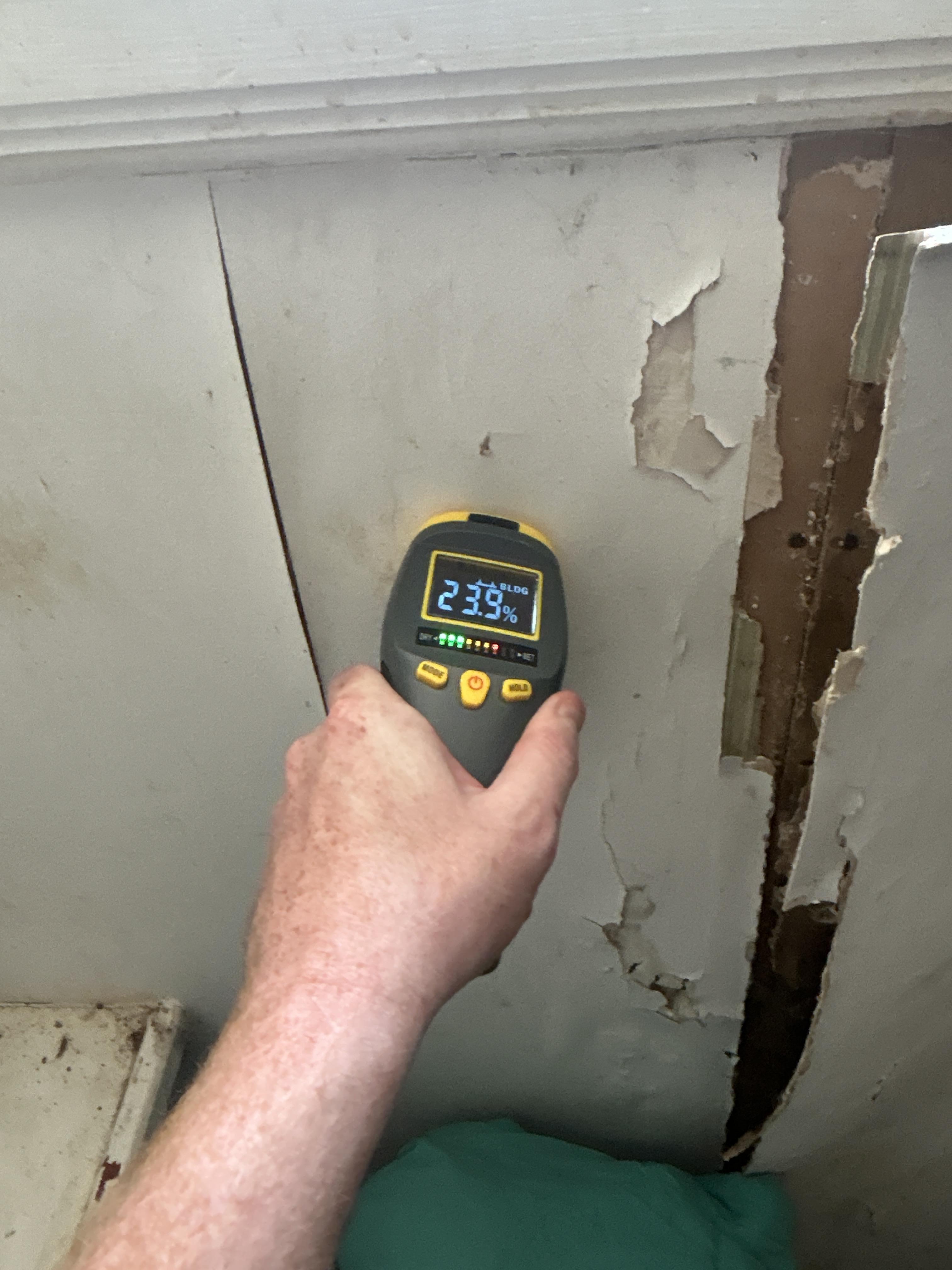
The Process
The elimination process is a complex process that unfolds in several stages, each requiring specific conditions to thrive. Initially, mold spores land on a suitable surface, typically one that is damp and rich in organic material. Given the right conditions—moisture, warmth, and a food source—these spores begin to germinate.
As the mold matures, it starts to produce more spores, which can spread to other areas, perpetuating the cycle of growth.
Understanding these stages is crucial in preventing mold infestations. By controlling moisture levels and ensuring proper ventilation, you can disrupt the growth process and maintain a healthier indoor environment. Implementing measures to prevent growth, such as controlling moisture levels and ensuring proper ventilation, is crucial for maintaining a healthier indoor environment. Moisture control is essential in preventing growth, as it eliminates one of the key conditions black mold needs to thrive.
Insight into how mold develops, the conditions it thrives in, and the stages of mold growth.
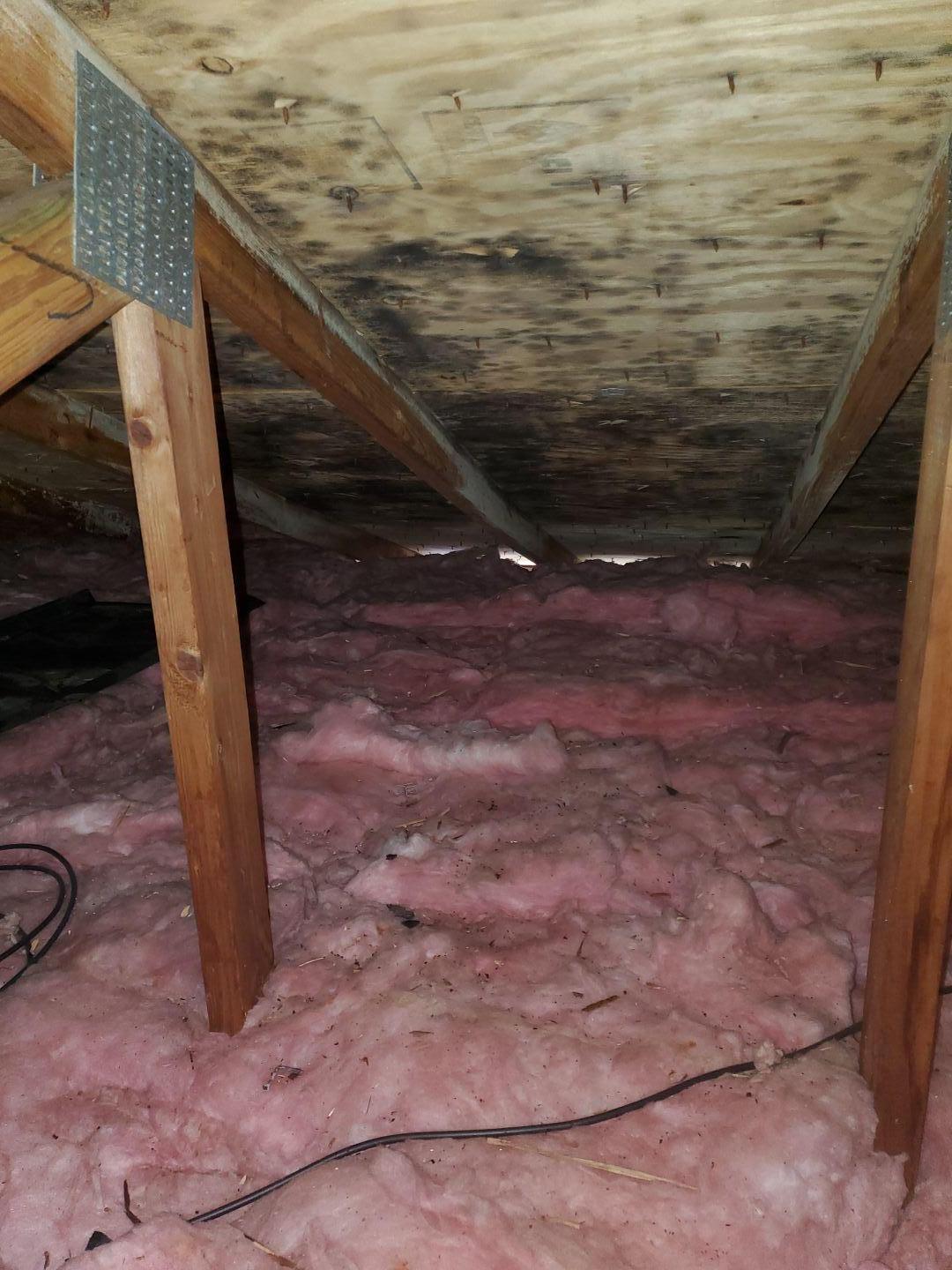
Dangers of This Unwanted Growth
This unwanted growth can pose significant health risks and cause extensive structural damage to buildings. Prolonged exposure to mold spores can lead to a range of respiratory issues, including asthma, bronchitis, and other allergic reactions. Mold contamination can exacerbate these health risks and contribute to structural damage.
Individuals with compromised immune systems, such as the elderly, infants, and those with chronic illnesses, are particularly vulnerable to severe health complications. In some cases, mold exposure can even result in neurological problems, manifesting as headaches, memory loss, and mood swings.
Beyond health concerns, this unwanted growth can severely compromise the structural integrity of buildings. Unwanted growth thrives on building materials like wood, drywall, and insulation, breaking them down over time. Heavy mold growth can lead to significant damage, necessitating costly repairs or even complete reconstruction of damaged areas.
Spot lighting mold problems promptly is crucial to maintaining both the health of occupants and the safety of the structure.
Detailed exploration of health risks and structural damage caused by mold.
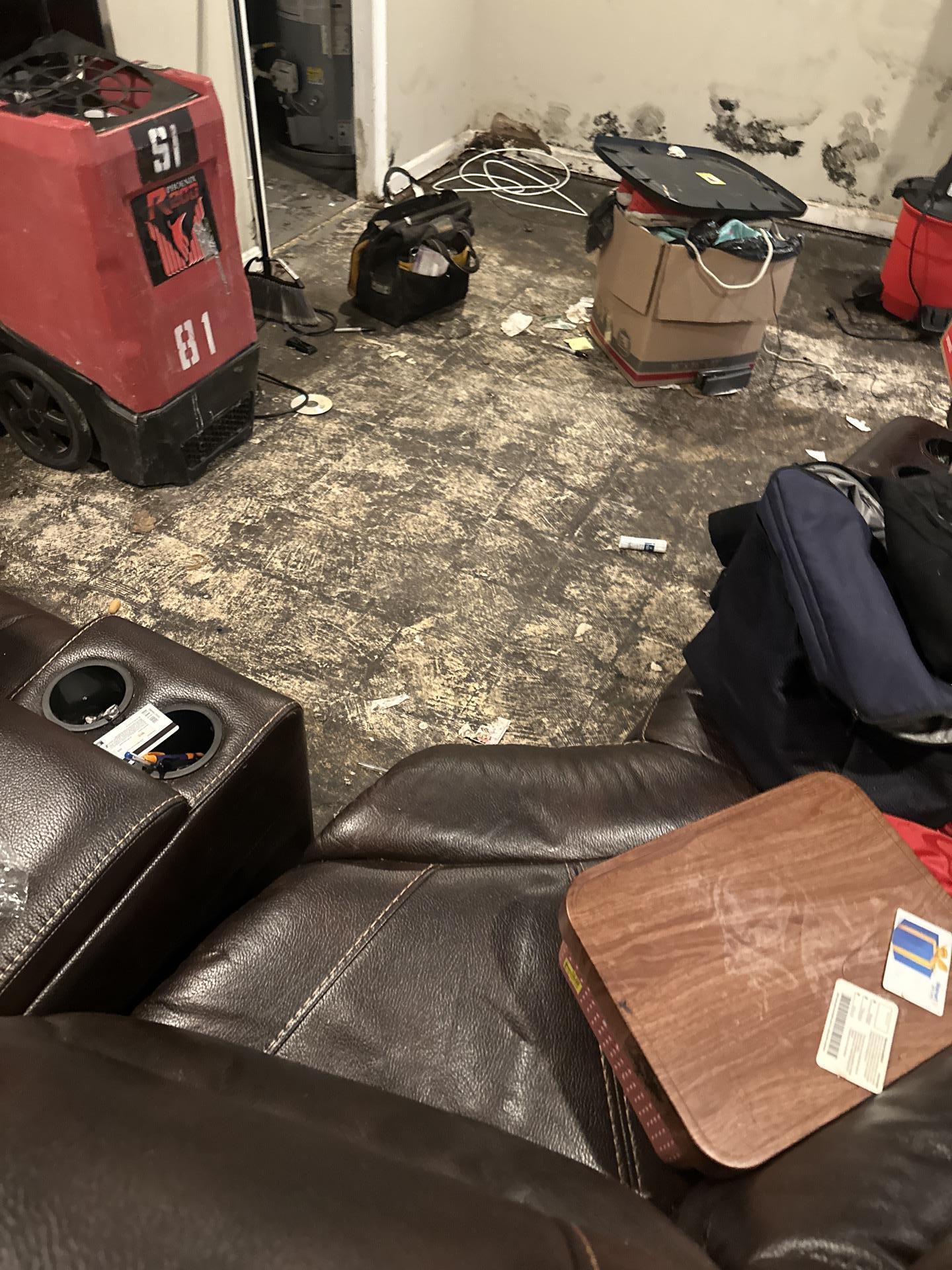
The Mold Remediation Process
The mold remediation process involves a comprehensive approach to effectively removing mold and preventing future growth. This process typically includes several critical steps:
-
Mold Inspection and Testing: The first step is a thorough mold inspection and testing to identify the source and extent of the mold problem. This helps in formulating an effective remediation plan.
-
Containment: Containing the area is crucial to prevent mold spores from spreading to other parts of the building. This often involves sealing off the area with plastic sheeting and using negative air pressure.
-
Removal of Infested Materials:-infested materials, such as drywall, insulation, and carpeting, are carefully removed and disposed of to eliminate the source of unwanted growth.
-
Cleaning of Surfaces: Surfaces are cleaned using specialized cleaning agents and techniques to remove any remaining mold spores. HEPA filters are often used to capture airborne issues .
-
Restoration: The affected areas are restored, which may include repairing or replacing damaged building materials. This step ensures the structural integrity of the building is maintained.
-
Prevention of Future Unwanted Growth: Finally, measures are taken to prevent future unwanted growth. This includes controlling moisture levels, improving ventilation, and taking care of any underlying issues that may contribute to mold problems.
By following these steps, professional mold remediation services ensure that mold is effectively removed and future growth is prevented, safeguarding both health and property. Contamination is addressed at each stage to ensure thorough remediation.
Comprehensive guide to the professional approach for effectively removing mold.
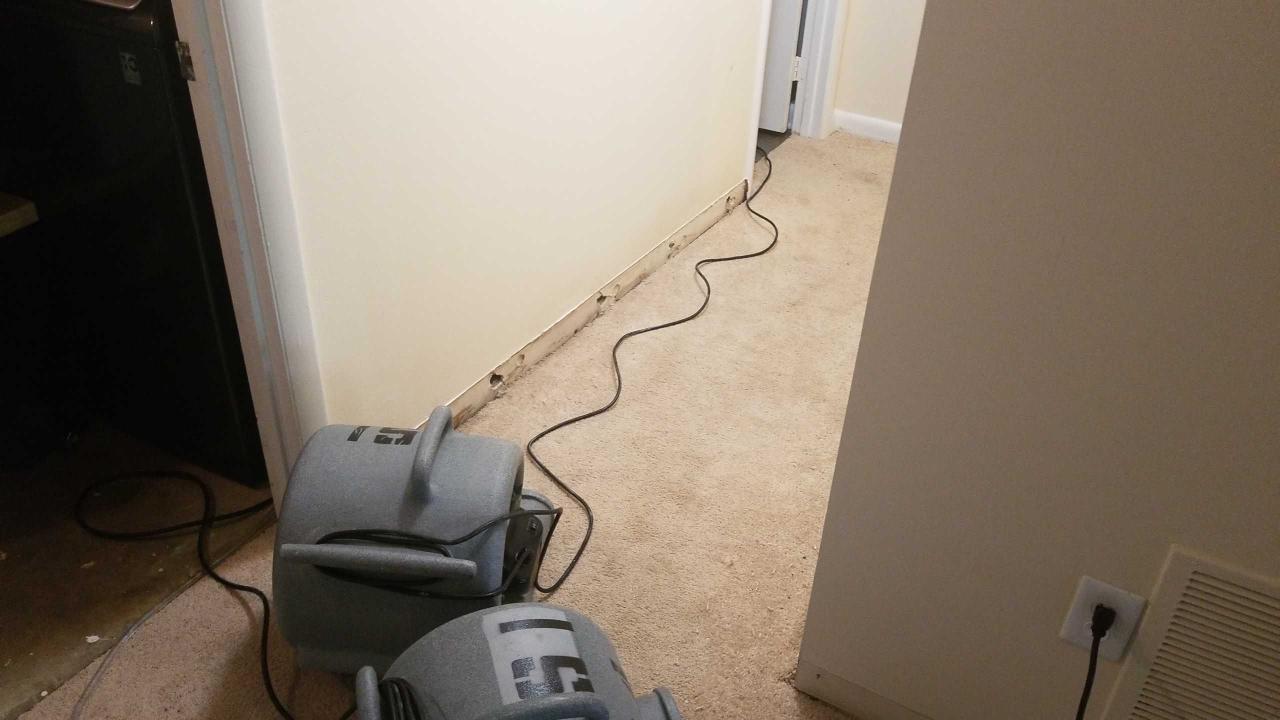
Mold Removal Steps
The mold removal process involves several critical steps to ensure effective removal and prevention of future growth. Here’s a detailed breakdown:
-
Containment: The first step is to contain the affected area to prevent mold spores from spreading. This involves sealing off the area with plastic sheeting and using negative air pressure to keep spores from migrating.
-
Removal: Next, mold-infested materials are carefully removed. This includes any porous materials like drywall, insulation, and carpeting that cannot be adequately cleaned.
-
Cleaning: Surfaces are then cleaned using specialized cleaning agents and techniques. High efficiency particulate air (HEPA) filters are used to capture airborne mold spores, ensuring they do not spread during the cleaning process.
-
Restoration: After cleaning, the affected areas are restored. This may involve repairing or replacing damaged building materials to ensure the structural integrity of the building.
-
Prevention: Finally, steps are taken to prevent future unwanted growth. This includes addressing moisture issues, improving ventilation, and ensuring that any underlying problems contributing to the unwanted growth are resolved.
By following these steps, the mold removal process ensures that unwanted growth is effectively eliminated and future growth is prevented, maintaining a healthy indoor environment. Contamination can be a serious issue, and these detailed steps are crucial for thorough mold removal.
Detailed steps including containment, removal, cleaning, and restoration.
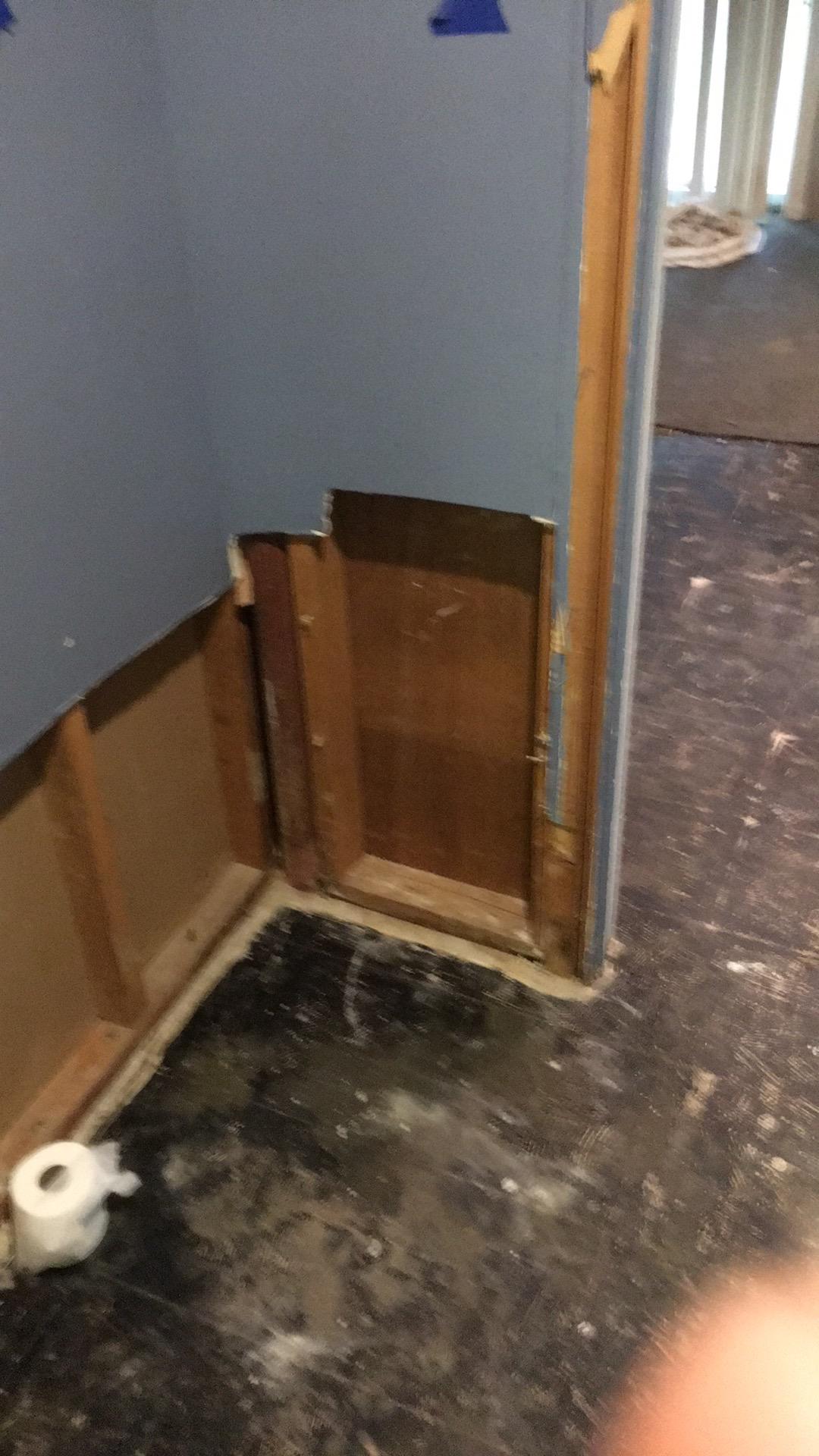
Why Choose a Professional for Mold Removal?
When it comes to mold removal, opting for professional services is crucial for several reasons. Here are some key benefits of hiring experts for mold remediation:
-
Expertise: Mold removal professionals possess the necessary training, experience, and knowledge to effectively identify and address mold problems. They can detect hidden mold, determine the root cause of the issue, and develop a comprehensive remediation plan tailored to your specific situation.
-
Specialized Equipment: Professionals have access to advanced equipment, such as high efficiency particulate air (HEPA) vacuums, air scrubbers, and negative air machines. These tools are designed to capture and remove mold spores, preventing them from spreading to other areas of your home or business.
-
Safety Protocols: Dealing with toxic mold can be hazardous. Professionals follow strict safety protocols and wear personal protective equipment (PPE) to minimize mold exposure and ensure a safe working environment. This is especially important when handling black mold, which can pose significant health risks.
By hiring a professional for mold removal, you can ensure that the job is done correctly, efficiently, and safely. This not only addresses the immediate mold problem but also helps prevent future mold growth, promoting a healthy indoor environment.
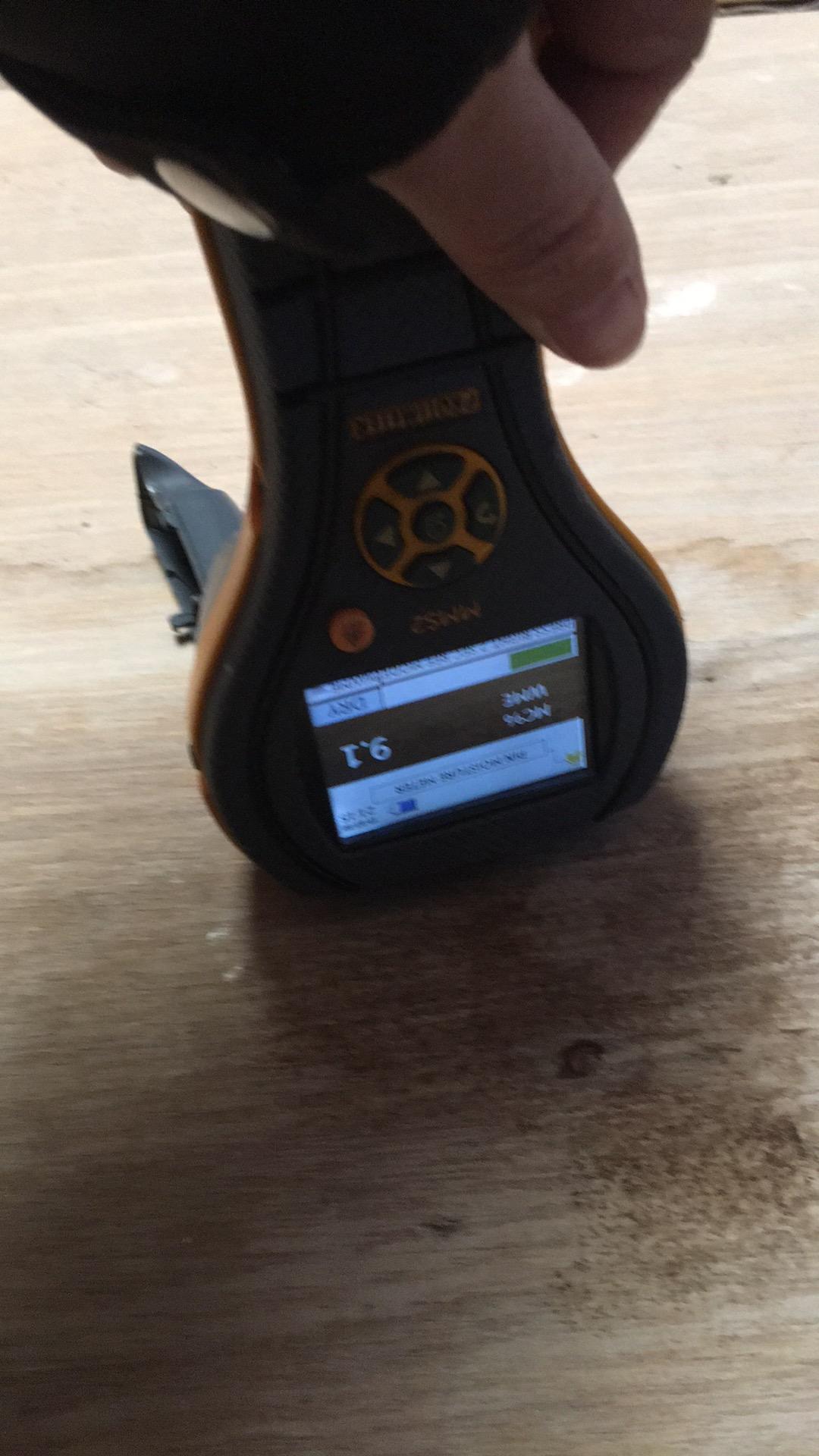
Explanation of the benefits of hiring professionals for mold removal, including expertise, equipment, and safety.
What to Do When You Find Mold
Discovering mold in your home or business can be both stressful and overwhelming. However, taking immediate action is essential to minimize health risks and property damage. First, identify and eliminate the source of moisture to prevent further unwanted growth. Mold contamination requires swift action to mitigate its impact on health and property.
Next, isolate the affected area to avoid spreading mold spores to other parts of the building. It’s crucial to wear protective gear, such as gloves and a mask, to reduce mold exposure. For extensive mold problems, it’s best to contact a professional mold remediation service like SI Restoration.
Our experts can safely and effectively handle the mold removal process, ensuring your indoor air quality is restored and your property is protected from further mold damage.
Immediate steps to take upon discovering mold in your home or business to minimize health risks and damage.
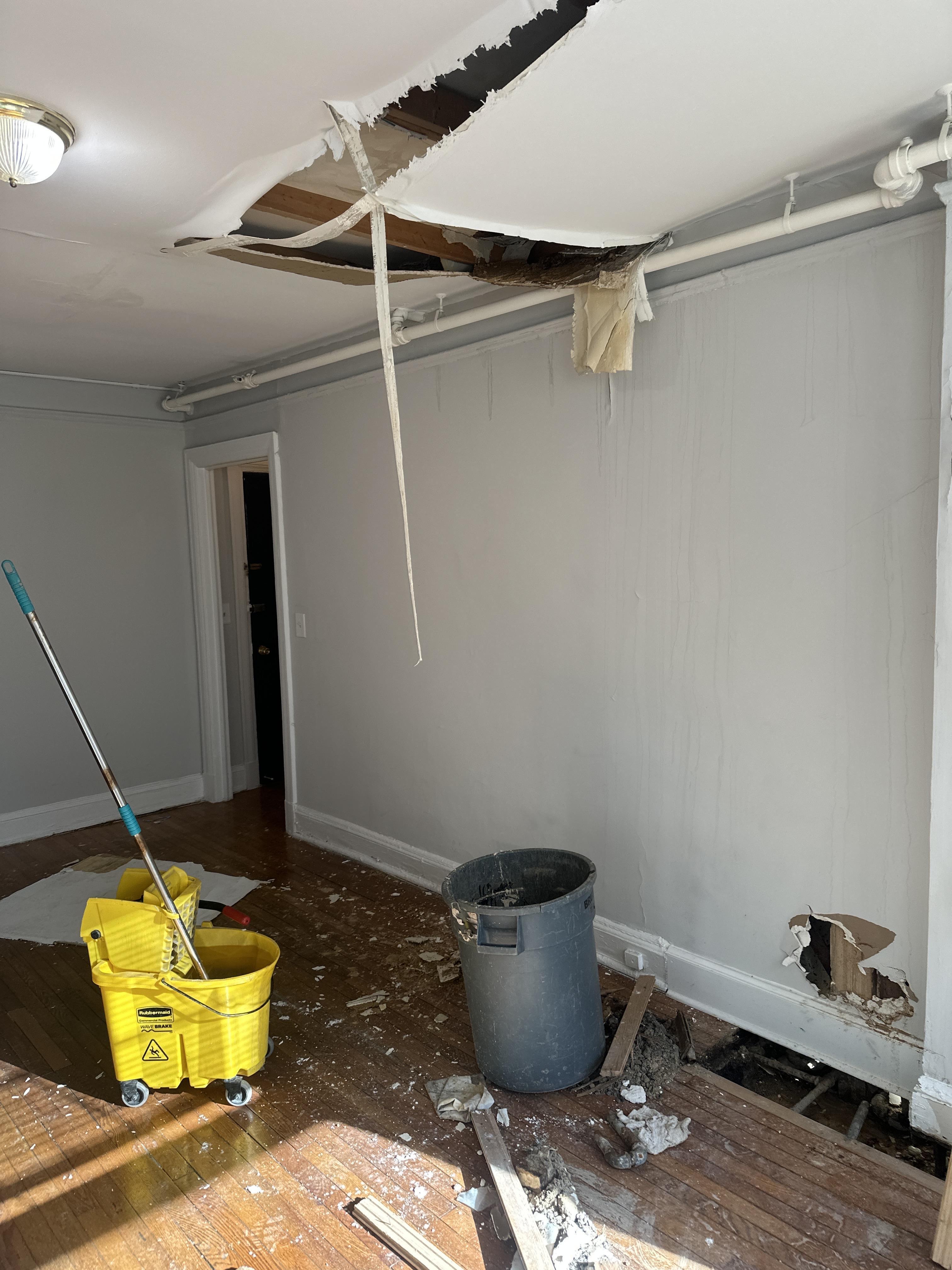
Preventing Future Mold Growth
Preventing future unwanted growth is essential for maintaining a safe and healthy environment. Here are some effective strategies and tips to help you keep mold at bay:
-
Control Humidity: Maintain indoor humidity levels between 30-50% to prevent mold growth. Use dehumidifiers in areas prone to high humidity, such as basements and crawlspaces.
-
Fix Leaks Promptly: Address any water leaks or condensation issues immediately to prevent moisture accumulation, which can create an ideal environment for mold growth.
-
Improve Ventilation: Ensure proper ventilation in your home or business, especially in moisture-prone areas like bathrooms and kitchens. Use exhaust fans to remove excess moisture from the air.
-
Regular Cleaning: Clean and disinfect surfaces regularly, particularly in areas susceptible to moisture. This helps prevent mold spores from settling and growing.
-
Monitor for Mold: Conduct regular inspections of your home or business for signs of mold, such as water stains, musty odors, or visible mold growth. Address any issues promptly to prevent mold from spreading.
By implementing these strategies, you can effectively prevent mold growth and maintain a safe and healthy environment for you and your loved ones. Taking proactive measures to control moisture and improve indoor air quality is key to preventing mold problems in the future.
Strategies and tips to prevent mold from returning, ensuring a safe and healthy environment.
Black Mold, a black or green substance that is usually slimy in texture, is what is most commonly referred to as “toxic mold”. Black mold is scientifically referred to as Strachybotrys atra or Strachybotrys chartarum, an asexually reproducing fungus that usually colonizes on materials rich in cellulose. Porous organic compounds like wood, paper, and fabric are all prone to black mold infestation.
This particular genus of mold contains over 50 unique species and is widespread in distribution.
Black mold can severely damage building materials, necessitating their removal and replacement to maintain structural integrity.
What does all of this mean for you? The answers are dangerous. In Maryland, black mold grows in environments that are damp and humid. While most cases occur after excessive water damage has taken place, many common areas of the home are breeding grounds for this evasive black fungus.
Bathrooms, kitchens, basements, attics and crawlspaces are all rooms in the home that will likely encounter black mold if not handled properly. Mold contamination can be a serious issue if not identified and addressed promptly.
Using high efficiency particulate air (HEPA) filters is essential in capturing mold spores and preventing their spread during the remediation process.
Maryland / Washington DC black mold removal is dangerous because its spores roam throughout the air, reproducing at will as they settle on organic matter. People and animals without mold allergies can experience symptoms like nasal congestion, eye irritation, skin irritation and issues with the lungs (excessive coughing, wheezing, etc.)
People with allergies to black mold will suffer enhanced symptoms like shortness of breath or even high fevers. Patients with chronic lung disease or immune deficiencies are at even greater risk when being exposed to black mold.
Identifying a black mold problem is the first step in solving it. One of the more obvious solutions is addressing severe water damage or leakage immediately. Black mold can grow on water-affected areas after just 24 hours of exposure. Home and business owners who have not suffered water damage, but still have concern about black mold, should check areas that are dark, damp, and humid.
Black mold can be found under carpeting, behind molding, above ceiling tiles, and behind or on drywall. The remediation process involves thorough assessment and cleanup strategies to address significant mold growth, ensuring minimal disruption while prioritizing safety.
Calling a Maryland mold remediation specialist like SI Restoration to mold remediation service the infestation is key to removing mold for good. SI Restoration is home to dozens of black mold remediation professionals with over two decades of experience removing black mold.
Our team of technicians follows IICRC guidelines that protect consumers from mishandled mold remediation. By following the IICRC’s S500 guidelines, SI Restoration will properly contain the affected area, using OSHA approved chemicals for immediate removal.
Once the black mold is eradicated, an independent industrial hygienist will check the indoor air quality of the affected area, assuring reentry of the premises is safe for occupants.
SI Restoration mold remediationclean up services are available in the following Maryland areas
Westminister